Maintaining manual hair clippers is essential for their longevity and performance. Begin by gathering the necessary tools, which may include a screwdriver, an old toothbrush or wire brush, a rag, blade cleaner, and blade oil. Optionally, a honing stone or rotary tool could be useful if the blades require sharpening.
Disassemble the blades by unscrewing them. Once removed, use the toothbrush to meticulously remove hair and debris from the blades and housing. If the blades are particularly dirty, a wire brush or steel wool may be employed. Ensure all components are dry to avoid electrical issues.
If the blades have dulled, a honing stone can be used for sharpening. Start with a coarse stone and progress to a finer grit, ensuring the blades are parallel to the stone's surface. Swipe the blade across the stone with light pressure, repeating the process with a finishing stone to achieve the desired sharpness.
The final step involves oiling and reassembling the clippers. Apply oil where the blades meet, then reassemble, adjusting the screws for blade alignment based on the cutting needs. Run the clippers for a minute to distribute the oil, wiping away any excess before use. Regular maintenance ensures the manual clippers remain in optimal condition for every grooming session.
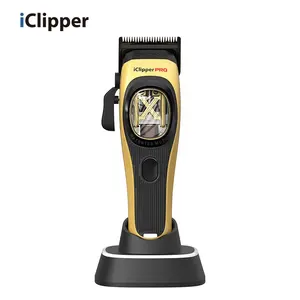
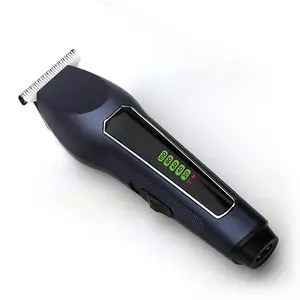



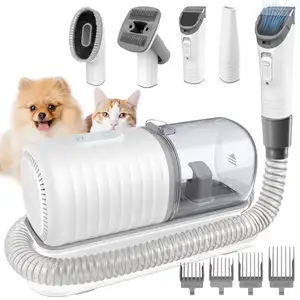

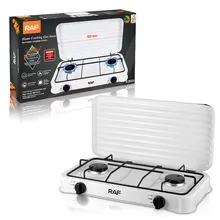

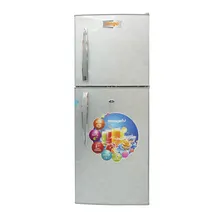
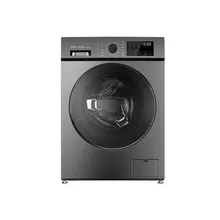




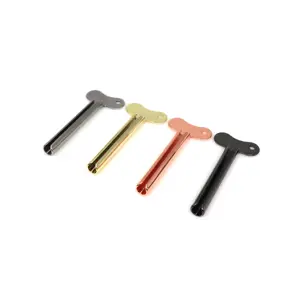
























 浙公网安备 33010002000092号
浙公网安备 33010002000092号 浙B2-20120091-4
浙B2-20120091-4